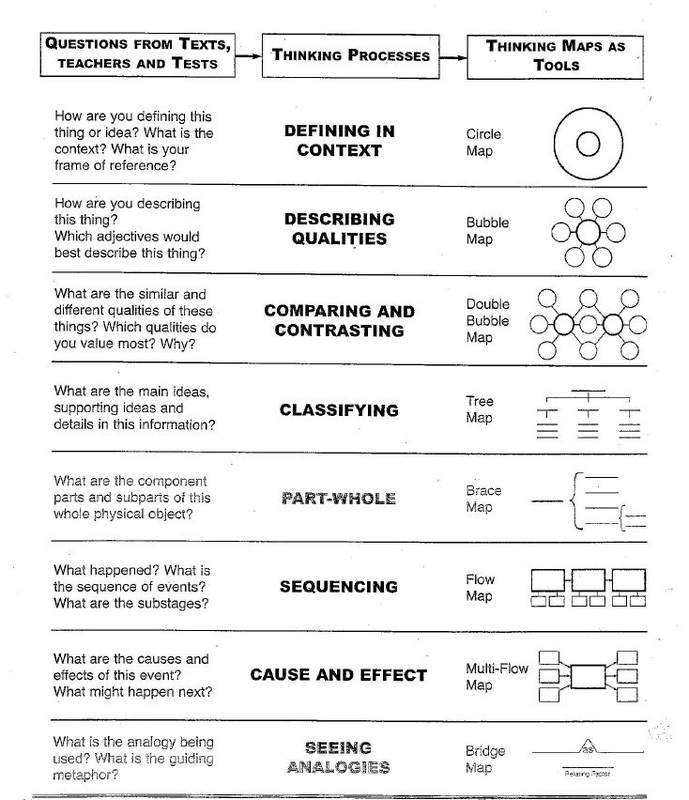Nuts and Bolts: The portfolios are actually art portfolios (used in art classrooms throughout the district) purchased and made from the district print shop. The portfolios have spiral bindings, plenty of blank pages, and were a dollar and change each. I purchased roller carts from IKEA as well as flower pots turned pencil/glue stick holders (IKEA finds as well) for storage. I utilize portfolios anywhere from 3-10 minutes depending on the activity.
Getting Started: Student captains have made sure that valuable musical minutes are not wasted. Try pencil captains (captains grab a pencil holder and down the row it goes!). We stress "no shopping" and "take one, pass the rest" from day one to ensure time is not wasted! I also have a "stacker" (cue super hero music) in each class that is in charge of passing out each row's stack of portfolios as well as placing the portfolios back in the cases with spiral spines alternating for each row in the stack. This makes passing out portfolios effortless during each class. We are all about saving time in our room! Students also know that when we pass portfolios in at the end of an activity, we make sure that the students put their book on top of the book they receive so that next time, we can just pass them and they are magically in the correct order!
The Meat and Potatoes: What's inside? The portfolios forced me as an educator to re-examine my planning from a year's perspective. The portfolio is not meant to be busy work or to simply please an administrator with having my students write, write, and write some more in my room. Here are three examples of what I have been using regularly:
- Learning target: This acts as a way to begin a new section of their portfolio. During trimester one, the students are guided through this process. We copy the learning target from the board and box/circle/underline any buzz words (vocab/important/key words). I know that copying is DOK 1, but this guided work and modeling has set us up for huge success during trimester two. During trimester two, students write learning targets in their own words. They use my version of the learning target to help with spelling and to make sure that their version is different.
- Thinking Maps: This has been an eye opening and valid part of our portfolios. I have seen this grow from a DOK 1 (identify and label parts) activity, to an outlet for creative thinking in my classroom. Students are encouraged to share their individual thinking (words, pictures, scenarios) while creating various maps. I have been pleasantly surprised by this QUICK and useful resource in my room. Try having students describe rhythmic or melodic symbols.
- Compositions: This has been one of my favorite portions of the portfolios. I have seen it grown from a DOK 2 activity (putting our "it" (aka learning target) into action) to a DOK 3 activity. Not only are the students putting their "it" into action by constructing a "four/eight/twelve/sixteen beat composition" but they are showing a strategic plan and explaining why as an artist they are choosing particular durations for their composition to best TELL THEIR STORY! If they leave my room only knowing how "beats and sounds" can fit in a measure, I have failed to produce artists and creative thinkers. Rhythmic and melodic symbols should be a vehicle for telling a story and expressing feelings and not simply a mathematical left brain exercise. I will show various examples of how I structure this in a future blogpost.
Portfolio Night and The Why (Another motivating factor): Inspired by Daniel Pink's book Drive, I wanted the students to have another intrinsic motivator to take pride in their work. The art teacher and I are hosting a Portfolio Night for parents at the end of the year. The night will include students guiding their parents through a year's worth of growth through their portfolios. This is the first year we are trying this and I cannot wait to see it carried out. Look for a follow up post at the end of the school year to see how the event turns out!
WRAP UP:
There are so many more details regarding portfolios that I have left out of this post! In a nutshell, try to make them:
- Purposeful: Students will know if it is simply busy work
- Creative: Allow students to put their own spin on their work
- Short: Keep time in mind when planning portfolio activities! My focus has always been to have students move/sing/play as much as possible when they are in my room, but I am finding that having this consistent written outlet to be a powerful way to enhance what they are already doing.
- End Goal: Have a year's worth of growth in mind when designing what you want in your student's portfolios. What's your bigger picture? Where do you want your students to be by the end of the year. Include dates for each entry so students can actually look back and see growth!
- TIME/TIME/TIME: Use student captains as much as possible and figure out simple management systems so that these portfolios do not take time away from movement/singing/playing in the classroom.
- DOK: Examine what you are putting into your portfolios and if most of the activities seem to be labeling and identifying (DOK 1), try to see if you can push activities to a higher DOK by adding elements of strategic and extended thinking.
Questions/Comments? Share below or email at generalmusicclassroom@gmail.com.








